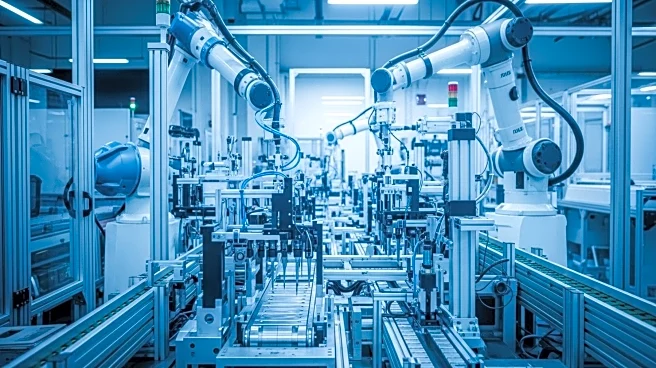What's Happening?
Sodium-ion battery startup Natron has ceased operations, ending its 12-year effort to commercialize its technology in the U.S. The company faced a cash crunch after failing to secure UL certification for its Michigan factory, which was necessary to fulfill $25 million worth of orders. Investors were unwilling to release more funds, leading to the company's liquidation. Natron had planned to build a $1.4 billion factory in North Carolina, creating up to 1,000 jobs. The closure underscores the difficulties of manufacturing batteries without consistent industrial policies, as the journey from startup to gigafactory can take over a decade.
Why It's Important?
Natron's liquidation is a significant setback for U.S. efforts to establish domestic battery manufacturing capabilities. The closure highlights the challenges faced by companies trying to compete with established Asian manufacturers, who benefit from mature supply chains and extensive expertise. The failure of Natron, along with other recent bankruptcies in the sector, suggests that sustained government support is crucial for developing a competitive battery industry in the U.S. Without such support, domestic manufacturing may continue to rely on joint ventures with Asian companies.
What's Next?
The liquidation process involves an 'assignment for the benefit of creditors,' which may lead to a quick sale of assets without court proceedings. The broader industry may see increased collaboration with Asian companies to leverage their expertise and supply chains. Policymakers might consider implementing more consistent industrial policies to support domestic battery manufacturing and reduce reliance on foreign suppliers.
Beyond the Headlines
The closure of Natron and similar companies raises questions about the long-term viability of U.S. battery manufacturing. The industry may need to address issues such as supply chain development, technological innovation, and investment stability to compete globally. The situation also highlights the impact of fluctuating lithium prices, which have undermined the potential cost advantages of sodium-ion batteries.














